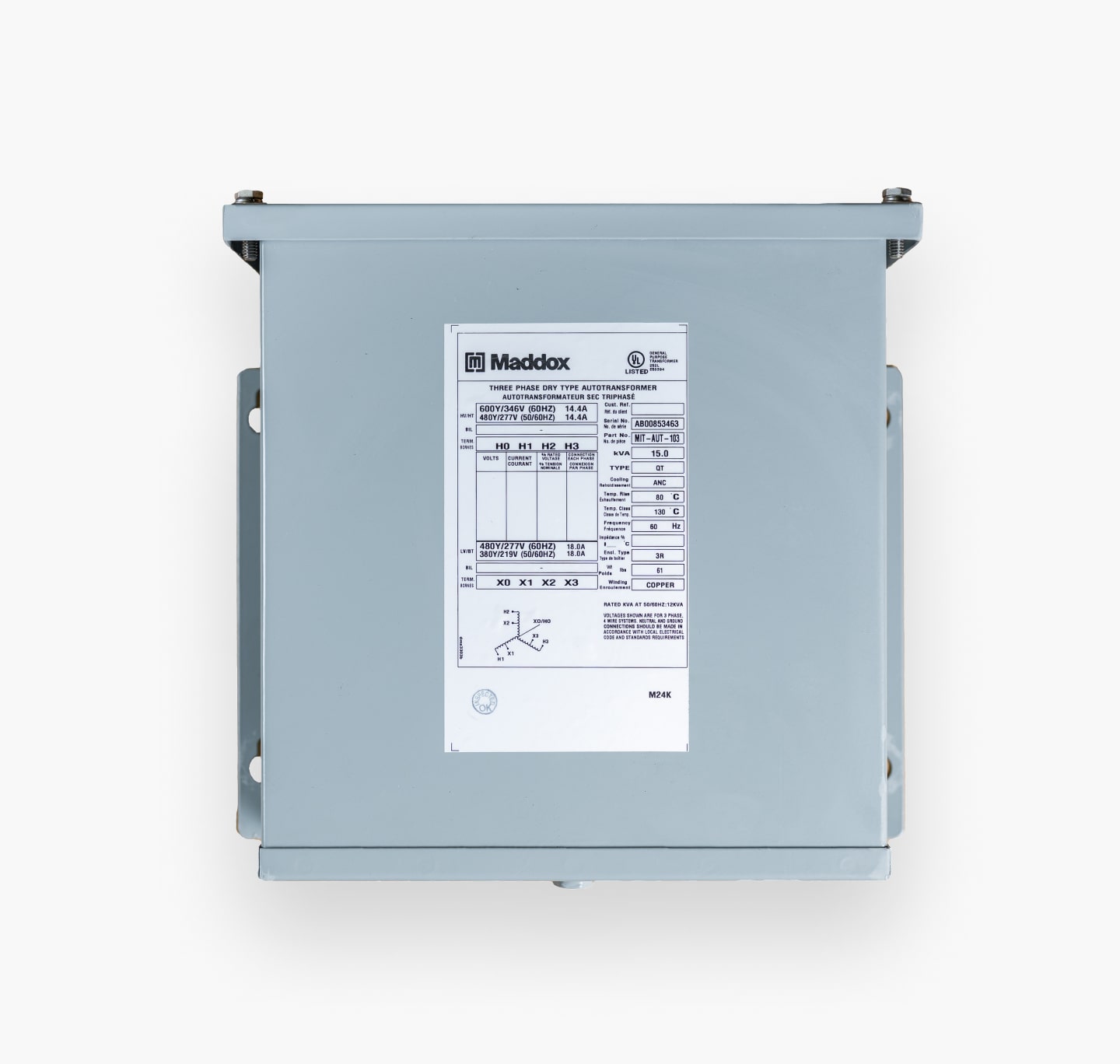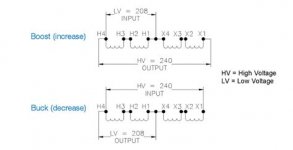dvcraven052256
Member
- Location
- St. Louis, missouri
- Occupation
- Electrical Engineer
I am thinking of using a buck-boost step-up transformer to feed some 480V equipment. I only have 240/3 available service in this space. Relative to the motors I am feeding although small (2) motors at 5amp load each. Do I need to be concerned about inrush currents when choosing a xfmr. size?
Just curious I have not use a BB xfrm much.
Thanks Dan Craven
Just curious I have not use a BB xfrm much.
Thanks Dan Craven


